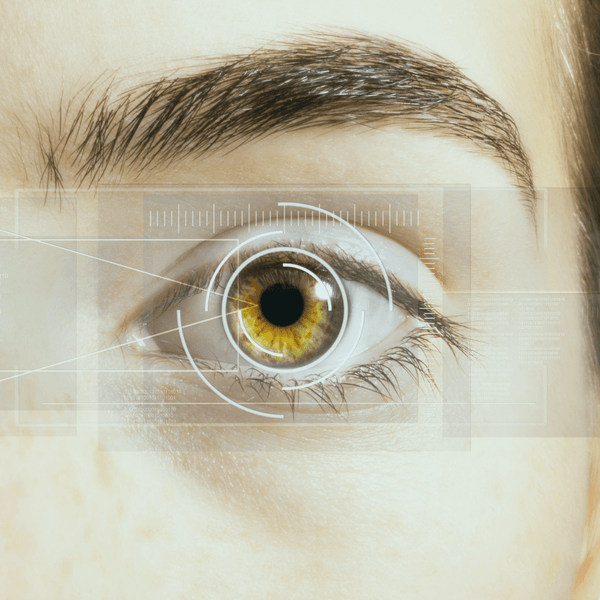All Categories
Featured
Table of Contents

Routine eye examinations are vital for preserving good vision and finding potential eye wellness concerns early. Nevertheless, the frequency of these tests can differ substantially based upon an individual's age, lifestyle, and overall health and wellness. Comprehending the recommended schedule for eye examinations can help guarantee that people of every ages receive ideal treatment and tracking for their eye health and wellness.
Infants and Toddlers (0-2 Years)
For kids and babies, eye tests are important for discovering any prospective vision issues early. The American Academy of Ophthalmology suggests that a kid's very first eye exam need to occur at around six months old. During this first visit, the eye care specialist will assess the child's visual growth and look for any type of evident eye concerns.Following this very first test, it is recommended that children have another eye test at age 3. This see will concentrate on evaluating the kid's total visual feature, consisting of eye positioning and the capacity to track things. If no concerns are found, the following examination needs to be scheduled before the youngster starts college, usually around age five or six.
School-Aged Kids (6-18 Years)
As soon as youngsters get to school-age child, regular eye examinations ought to be set up every one to 2 years. Vision is crucial for learning and advancement, and lots of schools conduct vision screenings. These testings do not replace an extensive eye test by an eye treatment expert.For kids involved in activities or sports requiring significant visual emphasis, annual eye examinations may be a good idea. Additionally, if a kid displays indicators of vision issues-- such as problem checking out, scrunching up your eyes, or frequent frustrations-- a browse through to the eye physician need to be scheduled asap.
Young Person (19-39 Years)
Young person typically have fewer vision adjustments than older age, however regular eye exams stay necessary. The general recommendation is to arrange an eye exam every two years throughout this period. People with certain risk factors-- such as a family members background of eye condition, diabetes, or those who put on contact lenses-- should consider annual eye tests.In addition, those who spend significant time on electronic tools may experience digital eye pressure. If signs and symptoms such as dry skin, tiredness, or obscured vision occur, it might be wise to see an eye care professional earlier.
Adults (40-64 Years)
As individuals get in middle age, the likelihood of creating vision troubles increases. Grownups aged 40 to 64 ought to arrange eye examinations every one to 2 years. This age might begin to experience presbyopia, a natural age-related problem that makes it testing to concentrate on close items. Eye tests can likewise aid spot various other usual age-related conditions such as glaucoma, cataracts, and macular deterioration.If people in this age have danger aspects such as hypertension or diabetes, they may call for more frequent assessments to monitor their eye wellness carefully.
Senior Citizens (65 Years and Older)
For elders, normal eye tests become much more critical. The American Optometric Organization advises that people matured 65 and older have an eye test at the very least annually. Older adults are at a greater threat for numerous eye diseases, including cataracts, glaucoma, and age-related macular deterioration. Early detection and treatment of these conditions can protect against vision loss and boost the lifestyle.Final thought.
Comprehending the ideal routine for eye examinations based on age is important for maintaining optimal eye wellness throughout life. By adhering to these guidelines and consulting with an eye treatment expert, people can take proactive actions toward maintaining their vision and total wellness.Table of Contents
Latest Posts
Selecting the Right Venue: What to Think about for Wedding Celebrations, Meetings, and Events
Published en
1 min read
Top Reasons to Choose Ornamental Iron Fencing for Strength and Beauty
Published en
2 min read
A Glamorous Getaway: The Claridge Indoor Swimming Pool
Published en
1 min read
More
Latest Posts
Selecting the Right Venue: What to Think about for Wedding Celebrations, Meetings, and Events
Published Mar 24, 25
1 min read
Top Reasons to Choose Ornamental Iron Fencing for Strength and Beauty
Published Feb 09, 25
2 min read
A Glamorous Getaway: The Claridge Indoor Swimming Pool
Published Feb 07, 25
1 min read